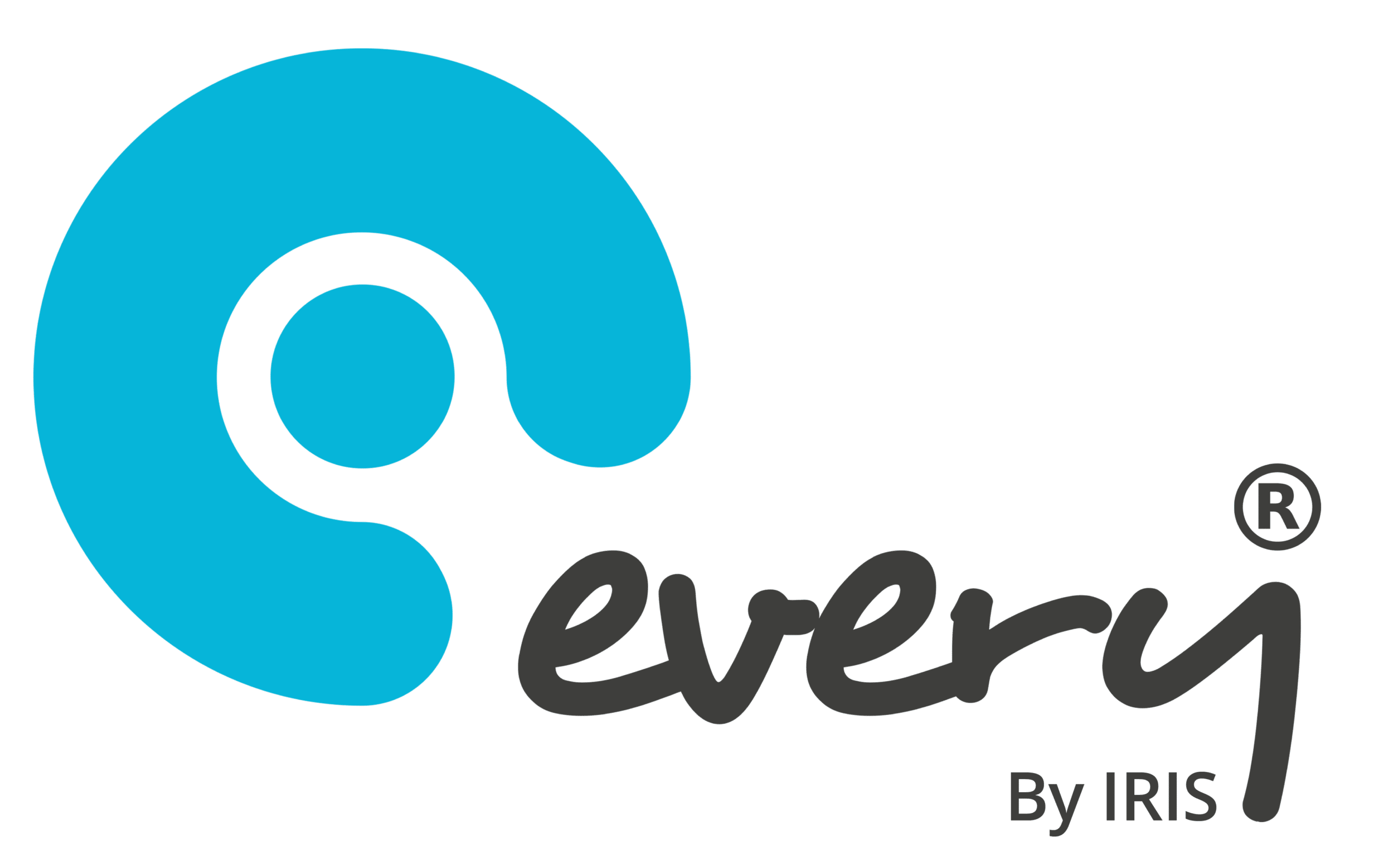Risk management is one of the core processes that schools and academies must have in place to reduce the chance of incidents or accidents occurring. Words like ‘effective’, ‘strategic’, and ‘informed’ are often thrown around to describe the ideal risk management process. But what does that truly look like in practice?
It’s the question we set out to answer on one of our webinars this January. Keep reading to find out what we believe a strategic approach to school risk management looks like!
What is school risk management?
Risk management is an ongoing activity to identify, review, and treat risks to mitigate the chance of incidents occurring. Ensuring a safe teaching and learning environment for staff and students is the most common goal of effective school risk management. But its impact stretches much further than classrooms and academy sites! Risk management also supports an organisation’s positive reputation and helps protect its financial status.
Risk management: What keeps you up at night?
By nature, risks cause worry and concern. But no-one wants to be kept up at night worrying about what’s on – or not on – the school risk register! During the webinar, we put three key questions to attendees to work out what’s troubling them within their current risk management process. How would you answer the following?
- How confident are you that you have all risks logged?
- Are you concerned that you’re not managing risks as actively as you could be?
- Do you have a risk register, but you’re unsure about whether actions have been taken or who’s responsible for them?
Spotting and understanding what’s causing you concern is a good starting point for making strategic improvements to your risk management activities. (And getting a good night’s sleep!)
Active and adaptive school risk management
From the part(s) of the process that needs improving to risks themselves – what’s your approach like? Strategic risk management shouldn’t just account for the risks you identify, like a loose handrail on a staircase. It should consider the environment around you, too, and how that could impact the risks you’re actively managing.
For instance, we can’t remember a year where we’ve had so many storms in quick succession! Our weather patterns are changing, with more extreme rainfall, wind, heat (you name it) becoming more common.
Any instance of extreme weather can have detrimental effects on school estates and buildings. Increased rainfall could overwhelm gutters and drains, causing flooding. Strong winds can lead to looser tree branches, falling branches, and even trees toppling. How would you adapt to these risks and put mitigating actions into place?
In the case of strong winds VS trees, that could include:
- Increasing the frequency of tree surveys
- Visually checking trees for signs of damage or weakness
- Taking a pre-emptive approach and proactively checking weather forecasts in advance to know if a storm’s incoming (and if you need to consider getting an arborist in to cut back some branches!)
Not looking at your school or MAT sites in isolation, but alongside the outside factors that affect the risks you’re not necessarily in control of, is what strategic risk management means to us.
What’s your risk register telling you?
And when it comes to managing the risks you are in control of (like that loose handrail), risk registers step up to the mark. The risk register is where your school or MAT will record risks, and it should be under regular review to make sure that risk data is up-to-date. Strategic risk register management also involves populating and removing risks, adding mitigating actions, and assigning actions to staff.
We’ve already touched on what mitigating actions could look like, and we all understand why they’re so important. Mitigating actions are the steps that are taken to reduce the prevalence of a risk or its impact. But, when the risk management process lacks clarity or responsibility, there’s a number of common questions that mitigating actions can raise:
- Has the action been carried out?
- Who by?
- How does that action (or lack of) impact the risk?
- How are you managing actions assigned to staff who have since left your school or whose role has changed?
- Is the action in line with the most recent version of the related policy?
A risk register on a spreadsheet will give you a starting place to record risks and mitigating actions. But it’s not as powerful as risk management software that promotes active risk management and helps you confidently answer those questions!
Mitigating actions in Every Compliance
For MATs particularly, a key component to an effective risk register is one that’s active across your trust. Our compliance management software, Every Compliance By IRIS, is a modular system that exists to support MATs and schools to better compliance management.
Its Risk Management module gives you access to an overview of all risks and registers across your organisation. You can view the risks of all properties in a single, central view, before drilling down into each individual property’s risk register.
Each item on the risk register has its own file with a number of tabs that give you a deeper level of insight over that risk. For instance:
- Assigned actions – these can be one-off or regular, e.g. a one-off contract to an arborist to remove a fallen tree, or more frequent tree surveys
- Supporting files, like an updated tree management policy
- Risk owners – assigning the risk to a specific user/user group for responsibility over the risk’s actions and activities
And more! All of this information is reflected in an audit trail, too, where you can view the history of a risk and any actions. There’s always lessons to be learned, and using this historical data is a way of more proactively managing and comparing risks across your school estate.
Using Every Compliance to manage risks
We’ll end with one of the easiest ways to transform your risk management process into a strategic and successful activity. Visual aids! When you can quickly see which risks pose the most threat, you’re able to take fast action to reduce the chance of incidents occurring.
Every Compliance By IRIS stores all risks in a RAG-rated table – when you see green, you know the risk is minimal (for now). And when you see red – well, we’ll let you work that one out!
Add to this the handy heatmap feature, and you’re able to spot your biggest risks and impact levels, and act straightaway. For example, a tree has been uprooted because of a recent storm and is falling into a temporary classroom unit. The impact would be severe, the likelihood (at that moment in time) high. This risk would have the biggest red dot on the heatmap, catching your eye! Clicking on the dot, and you’re taken to the risk item in question to assign mitigating actions, risk owners, and upload any supporting files.
Manage the risk, not only the register
Risk management is about putting processes in place that manage so much more than just the risk register. Managing risk actions, risk reviews, relevant documents and policies, and your people as well as the risk and the register will support your to more strategic risk management in your MAT or school.
To see how you could use our Risk Management software in your school or MAT, get in touch!



